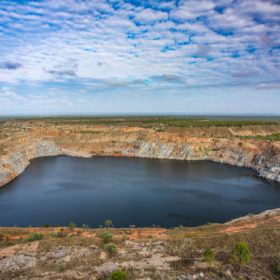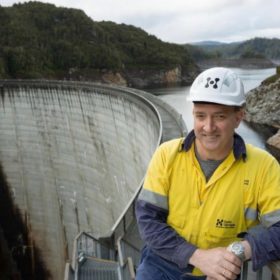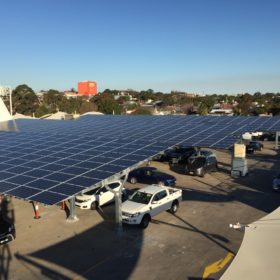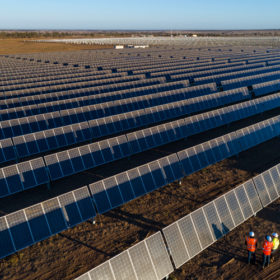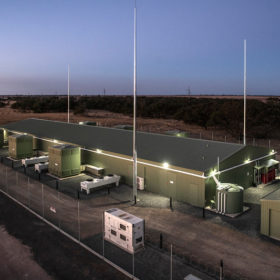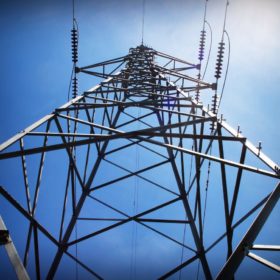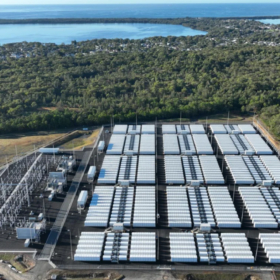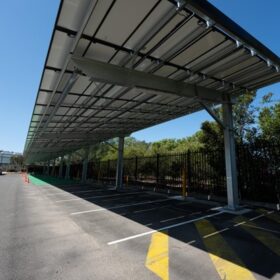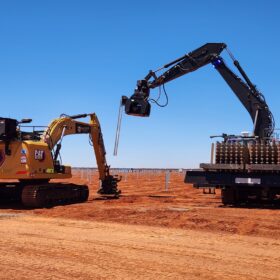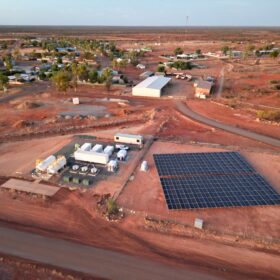Another 5 GW of module capacity for the Longi juggernaut
The mono giant has announced the latest aspect of a strategy to massively increase production capacity which is currently set to cost around $3.32 billion. Longi last week issued $710 million of new convertible bonds for investors.
Kidston solar-pumped hydro project stalls as funding falls through
Genex Power has failed to lock in a previously announced offtake agreement with EnergyAustralia for its landmark Kidston hub in northern Queensland and requested a trading halt with the ASX on their securities.
Tasmania firms its ambitions of becoming Battery of the Nation
Hydro Tasmania has released a white paper pushing the island state’s claims to become the Battery of the Nation via upgrades to the Victoria-Tasmania interconnector, an effort to unblock the backlog of solar and wind.
Australia’s shopping centres are increasingly utilising solar PV
Across Australia shopping centres are starting to realise their expansive car parks are the perfect solar farms. Not only do the centres get solar energy at peak times, but customers can avoid the real threat of car-related bodily burns by parking in the shade of a solar array.
Adani opens 65 MW Queensland solar farm, puts further investment on hold
While it seeks to build one of Australia’s biggest coal mines, Adani has grown more cautious on solar investment after suffering connection delays on its first renewables project in Australia.
Massive AGL deal set to push Australia into the battery age
AGL, Australia’s biggest power producer, has inked a deal that will see the development of four large-scale batteries in NSW. The agreement is an attempt to secure against fluctuating prices during peak periods.
UNSW pioneer continuing to push solar ahead
Professor Chee Mun Chong is at the forefront of advanced hydrogenation, effectively doping solar cells with hydrogen to eliminate defects and build efficiency.
When are solar panels acceptable on historic buildings?
A study from Sweden seeks to consider how PV could be sympathetically installed on historic buildings. The researchers propose a target-based approach for assessing panel visibility.
Federal Government allocates $1 billion to boost grid reliability
The Morrison government has extended an extra $1 billion to the Clean Energy Finance Corporation to invest in energy storage projects, transmission and distribution infrastructure and grid stabilizing technologies.
Australia’s first full-sized surf park to pump out renewable waves
Urbnsurf Melbourne, Australia’s first full-sized surf park is set to open in Tullamarine this summer 2019/2020. The project is not only exciting for all those sullen landlocked surfers out there, but because the whole park is set to be renewably powered.

